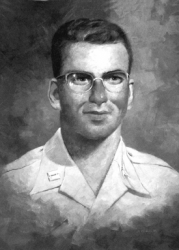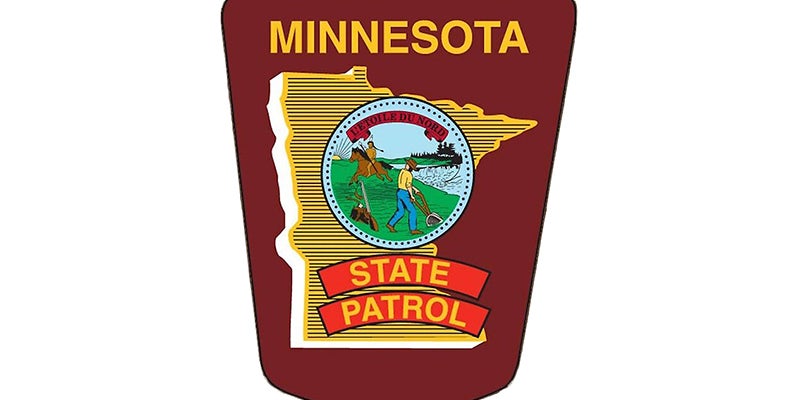50 states, 50 heroes: Protecting the wounded
Published 6:30 am Saturday, December 19, 2020
|
Getting your Trinity Audio player ready...
|
Born Sept. 1, 1914, in Milwaukee, Wisconsin, Benjamin Lewis Salomon was running a dental practice when he was drafted into the Army in 1940. Initially an enlisted man, Salomon cleaned teeth in the morning and taught infantry tactics in the afternoon. He became an expert rifle and pistol marksman. In 1942, Sgt. Salomon was commissioned as a first lieutenant in the Army Dental Corps. While a member of the 102nd Infantry Regiment, he was declared the unit’s “best all-around soldier.”
In 1943, Salomon was assigned to the second battalion of the 105th Infantry Regiment, 27th Infantry Division. One year later, he was promoted to captain.
On June 15, 1944, Salomon went ashore on the island of Saipan with the 105th Regiment. Since the opportunity to do dental work was few and far between in a combat zone, Salomon volunteered to fill in for the wounded battalion surgeon.
As the Battle of Saipan progressed, the Americans decimated Japanese forces. By July, approximately 30,000 Japanese soldiers had been killed. In desperation, Japanese Gen. Yoshitsugu Saito gave his men a new order: attack until death.
On July 7, waves of Japanese soldiers launched their banzai charges against the American position in what would be a 15-hour battle.
Fifty yards away in an aid tent, Salomon was overseeing the care of about 30 men wounded in the beginning of the attack. As Japanese soldiers overran the perimeter, it became increasingly difficult for Salomon to treat the wounded. He shot one Japanese soldier that bayoneted a wounded man lying near the aid tent, then killed two more that came in through the tent’s front entrance. Four enemy soldiers then attempted to crawl under the tent walls. Salomon kicked the knife out the hand of one of the soldiers, shot another and bayoneted a third. He then struck the fourth in the stomach before a wounded man shot the enemy soldier.
Knowing the aid station couldn’t hold out much longer, Salomon ordered his staff to evacuate the wounded while he covered their retreat. Salomon then rushed out of the tent with his rifle, then took control of a nearby machine gun when the four men manning it were killed.
After the Americans drove off the Japanese, Salomon’s body was found, riddled with 76 bullet wounds. In front of his position was a pile of 98 dead Japanese soldiers.
Upon discovering Salomon’s body, Brig. Gen. Ogden Ross, the assistant commander of the 27th Infantry Division, ordered that eyewitnesses be interviewed so he could prepare a recommendation for the Medal of Honor. Maj. Gen. George Griner, commander of the 27th Infantry Division, rejected the recommendation on the grounds that the Geneva Convention forbade medical officers from bearing arms against the enemy.
Salomon’s body was returned home and buried in Forest Lawn Memorial Park in Glendale, California.
Several more attempts were made to resubmit Salomon’s Medal of Honor recommendation. In 1951, Capt. Edmund Love, 27th Infantry Division historian, submitted the recommendation to the Office of the Chief of Military History. It was rejected on the grounds that the time limit to submit World War II award recommendations had passed. A 1969 submission by Army Surgeon General Lt. Gen. Hal Jennings and a 1970 submission by Army Secretary Stanley Resor were also rejected.
In 1998, Dr. Robert West of the USC Dental School (where Salomon received his dental training) contacted Congressman Brad Sherman (D-CA) about re-submitting Salomon’s Medal of Honor recommendation. It was approved four years later. On May 1, 2002, President George W. Bush presented Salomon’s Medal of Honor to West, who accepted on Salomon’s behalf. The medal was then given to Army Dental Corps Chief Maj. Gen. Patrick Sculley for permanent display in the Army Medical Department Museum in San Antonio. A replica is on display at the USC Dental School.



